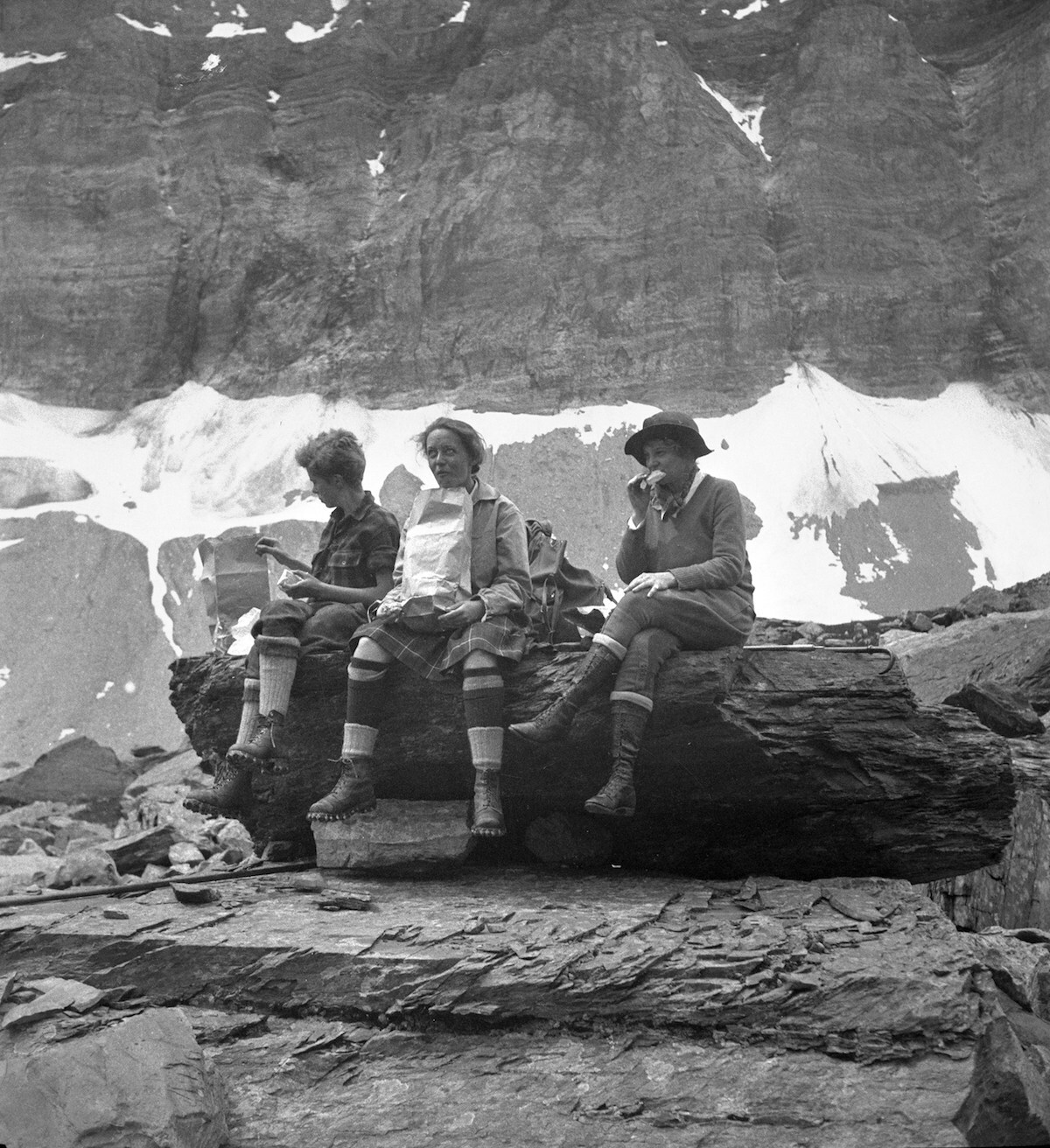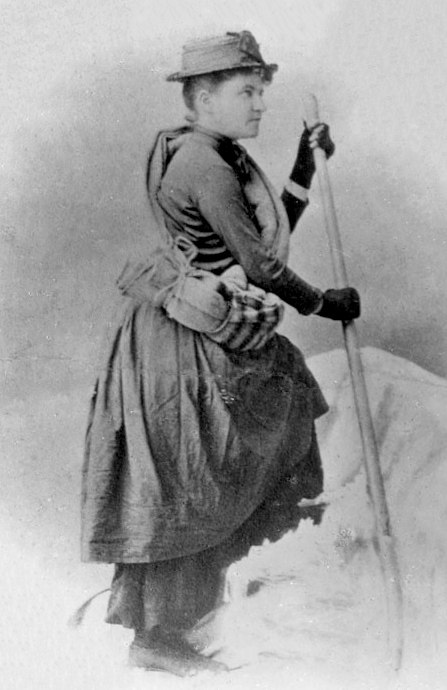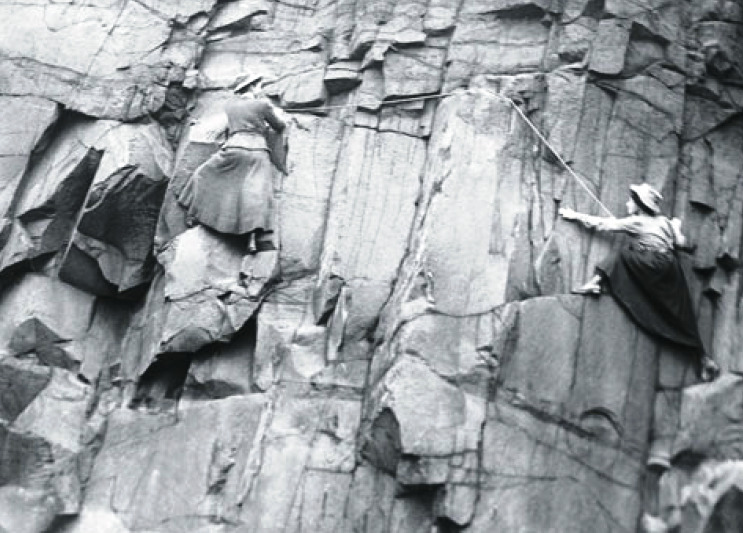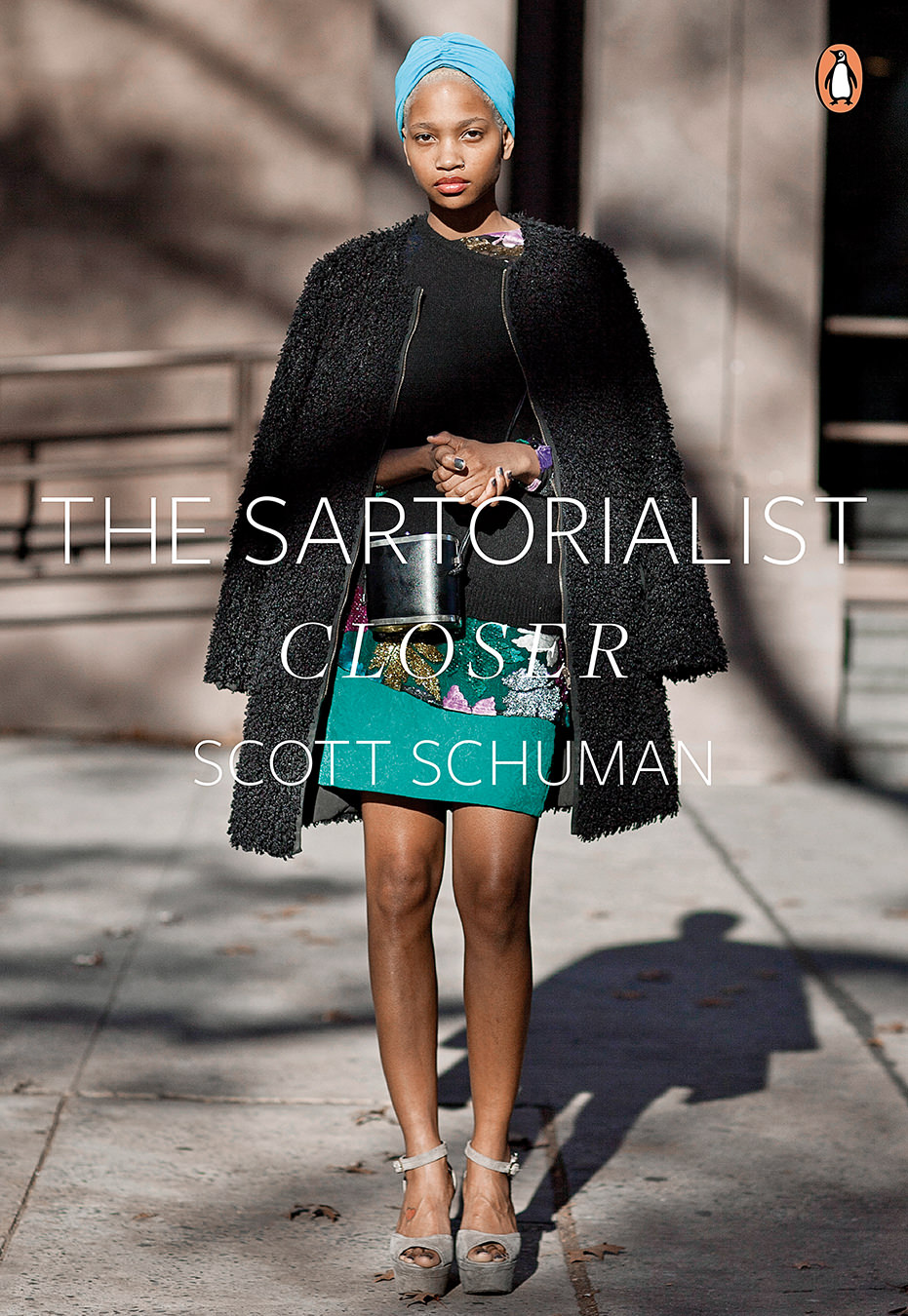Victorians in the Rocky Mountains: Early Hiking Styles and the Move Toward Comfort
Freedom and comfort.

The mountain air is delightful. The scenery has an outstanding positive effect on the mind, and hiking, on the body. In the 1880s, the Rocky Mountains became more accessible via the Canadian Pacific Railway, and a keen interest in exploring those peaks grew. But while the 19th century was full of inventions, it lacked the comfortable, practical attire we take for granted nowadays.
Back then, there was a romantic, poetic idea of looking beautiful in even the most severe conditions of the Rocky Mountains. And yet, while the appearance of the19th-century explorers was more appealing than today’s leggings and windbreakers, clothing lacked the movement and durability of modern fabrics. If men of the upper and middle classes were encouraged to don more comfortable attire, women who expressed the desire to exchange high society for mountain peaks were still obligated to do so in layers of skirts. Jeffrey J. Doran, in his book Ramble On: A History of Hiking, describes women’s hiking attire in all its dated trappings:
“This included wearing a grey flannel trouser beneath two skirts. The underskirt, which reached to just below the knee, was also to be made of grey flannel. The outer skirt, however, was to be made of winsey or Kentucky jean, both of which were considered to be strong enough to withstand tears from walking through briers and undergrowth. The outer skirt was also meant to be worn to ankle length. However, if the hiker were to find herself climbing steep terrain, she could simply pull out a strong clasp pin and raise the skirt higher, ‘washwomen fashion,’ until the difficult section was completed.”

Heavy wool coats, pantaloons, and a few layers of skirts were neither efficient nor safe. The idea of erasing the difference between men’s and women’s clothing in the mountains started after a few tragic deaths of female climbers. At the beginning of the 20th century, while fabrics remained the same, the clothes acquired simpler lines, more comfortable patterns, and fewer layers. One of the main changes in women’s appearance was the switch from skirts to pants. At first, the evolution of the female climbing suit was similar to the swimming suit—shortened pantaloons that from afar looked like a dress. However, that was not enough, and, following the example of Annie Smith Peck, who climbed the Matterhorn wearing pants in 1895, other female climbers joined her in leaving their heavy skirts behind.
Today, we have an endless choice of hiking gear that provides comfort and safety, dryness, and the ability to run, jump, and climb with more ease than ever. Brands like Helly Hansen, Ferrino, and Woolrich, all founded in the 19th century, paved the way for modern hikers, changing with the demands of times, yet keeping a heritage character. However, studying those developments in styles, noticing the huge gap between generations of hikers, one can only admire Victorians’ determination to climb despite the impractical wear. Let’s admit it, they looked marvellous in their wool dresses and suits standing on the mountain tops.

________
Never miss a story. Sign up for NUVO’s weekly newsletter here.




